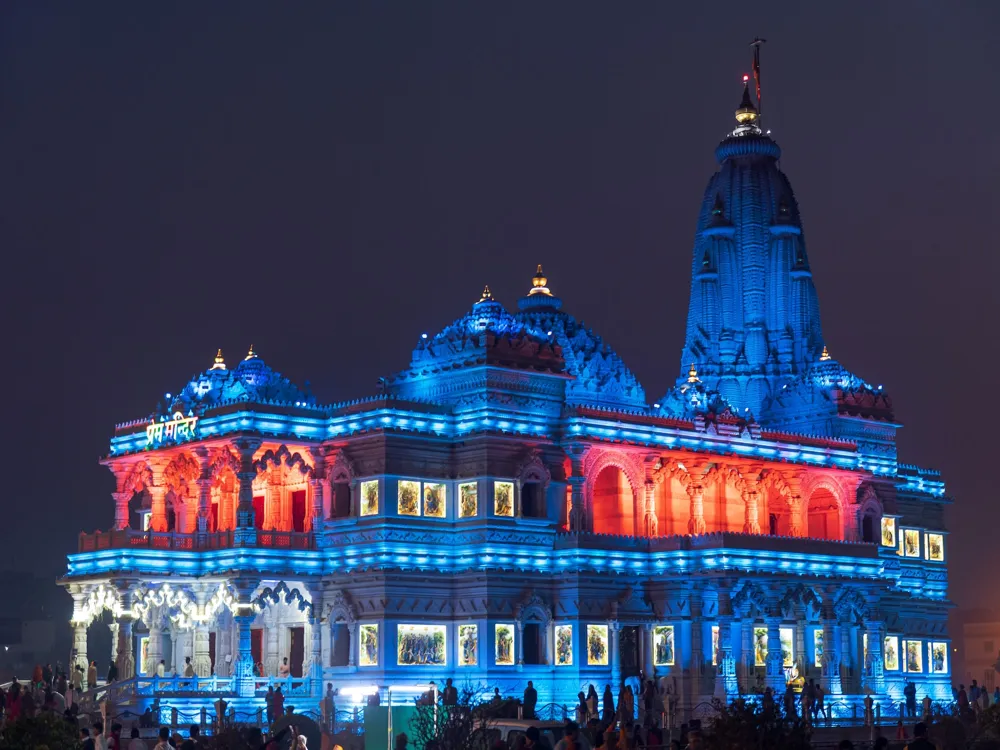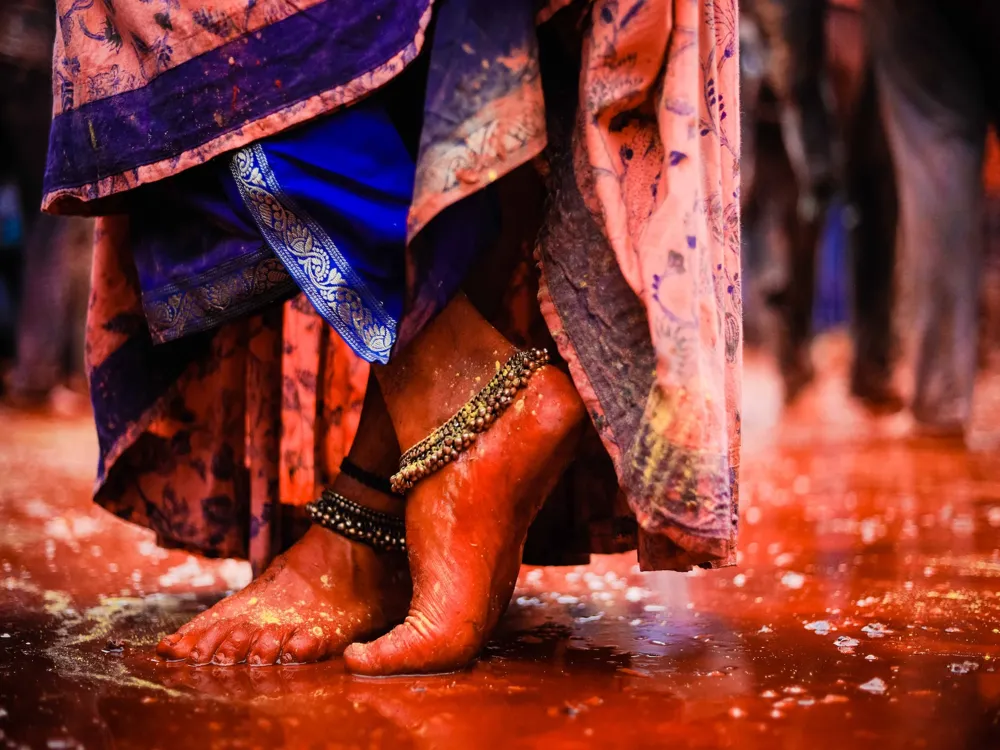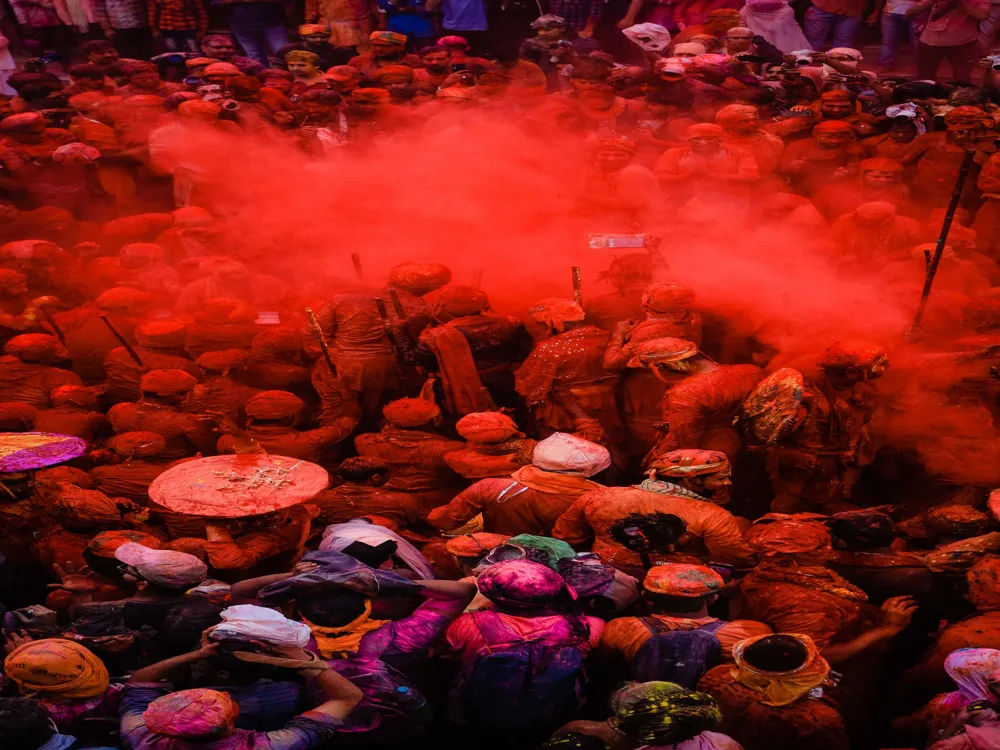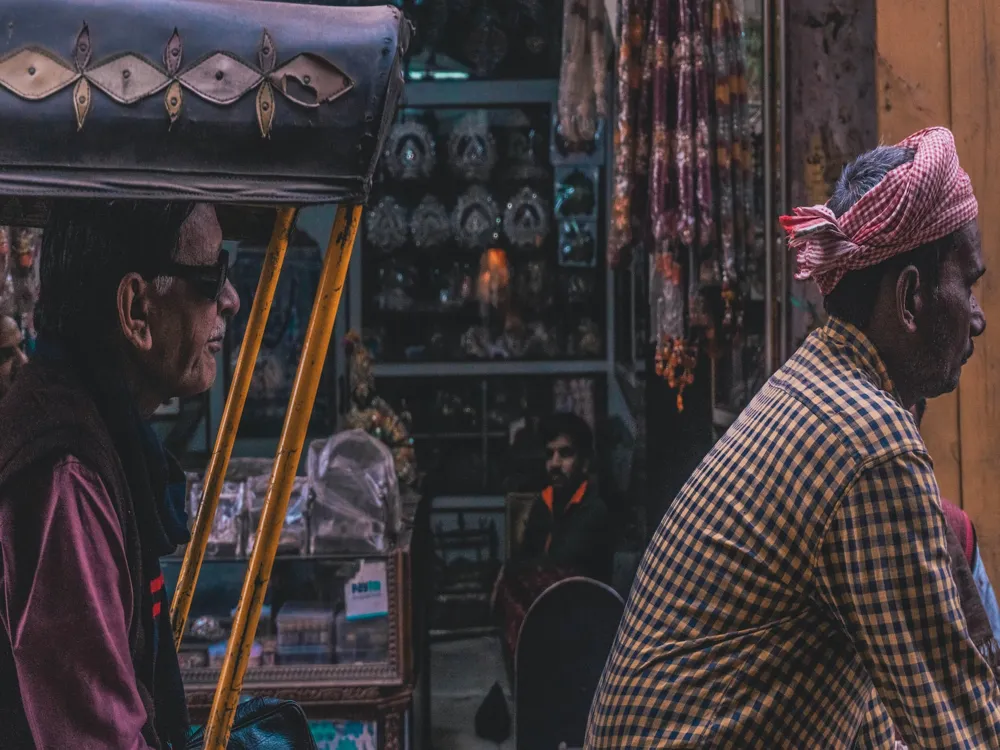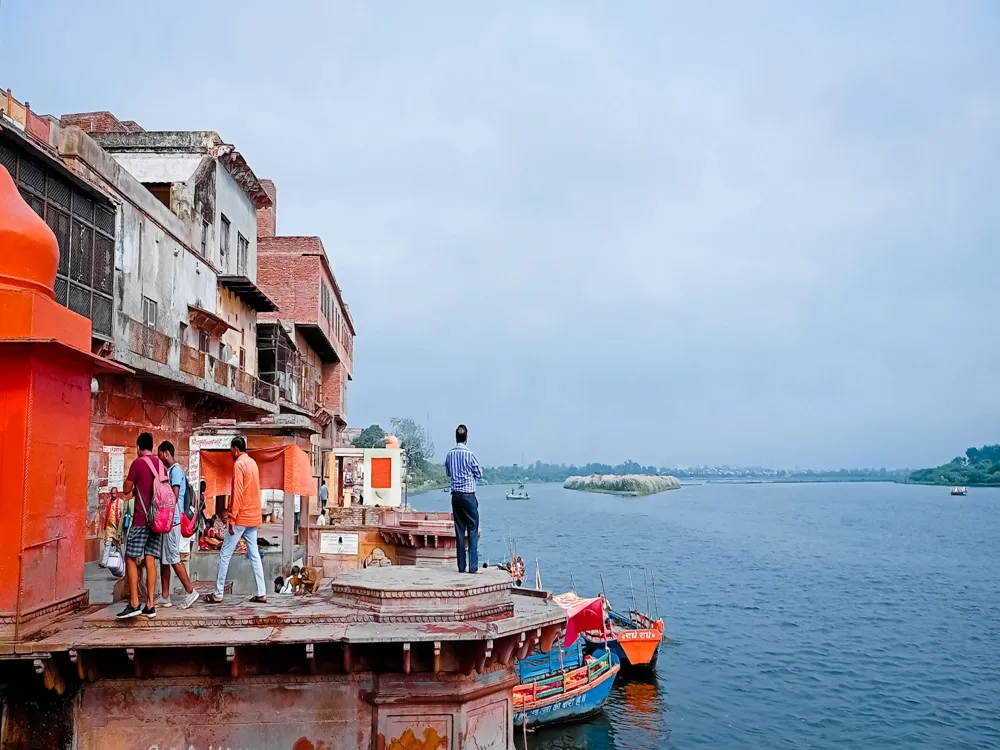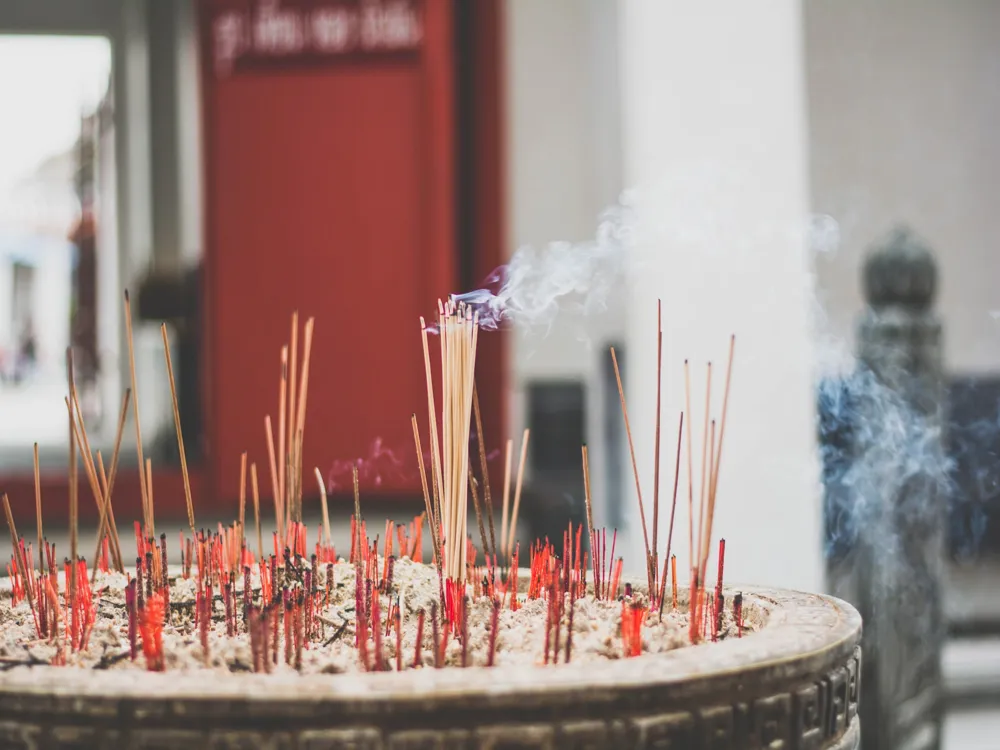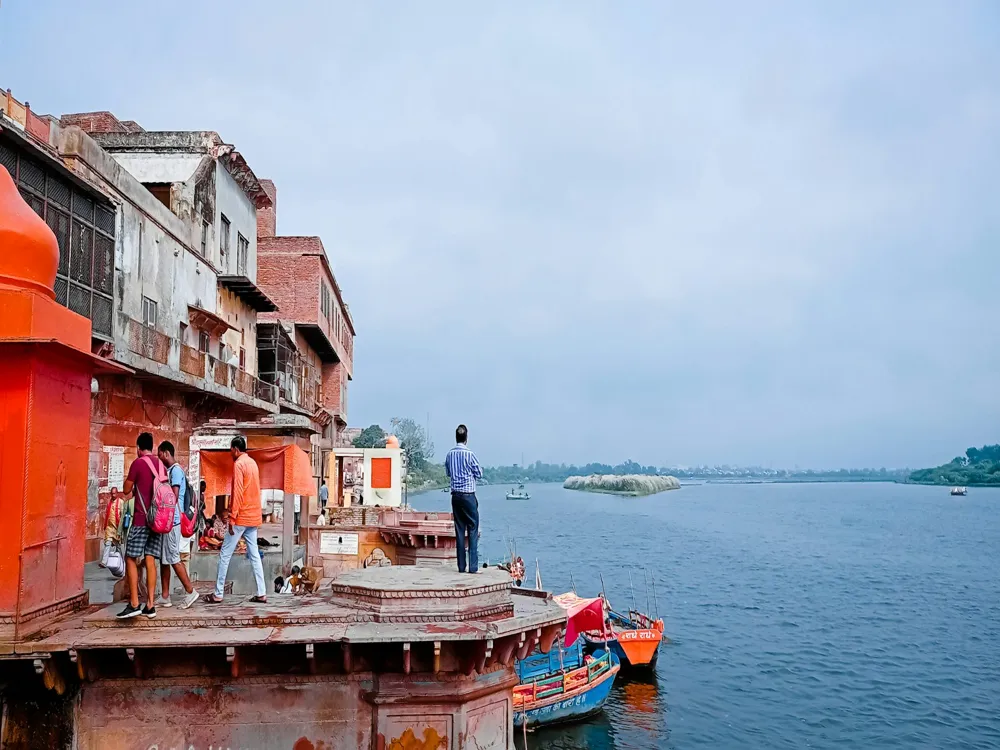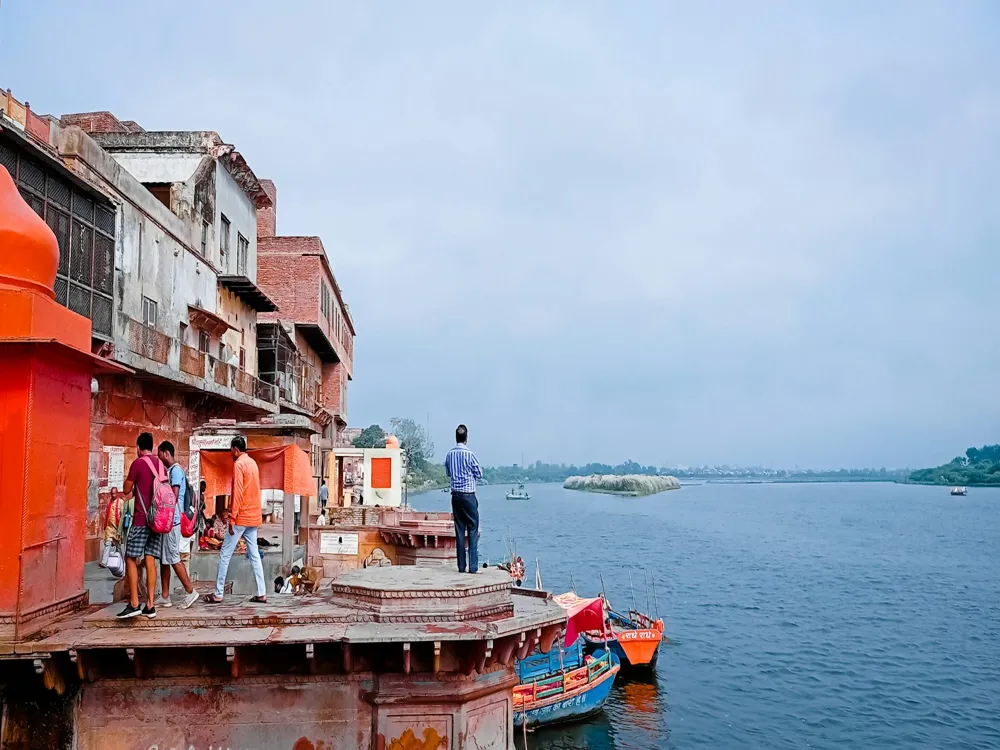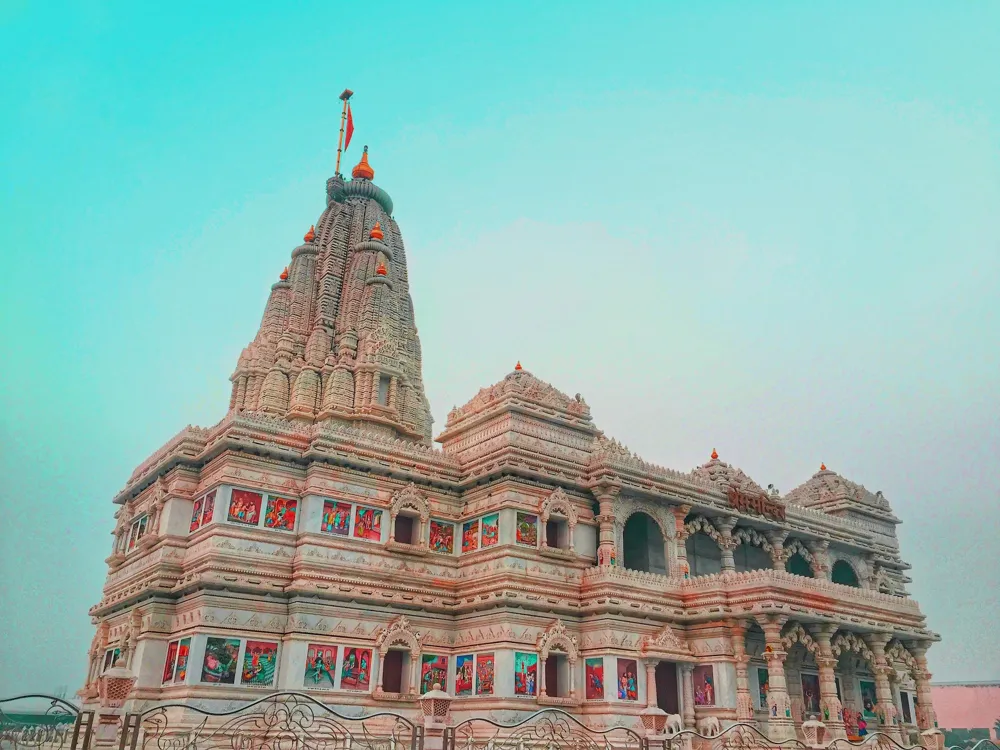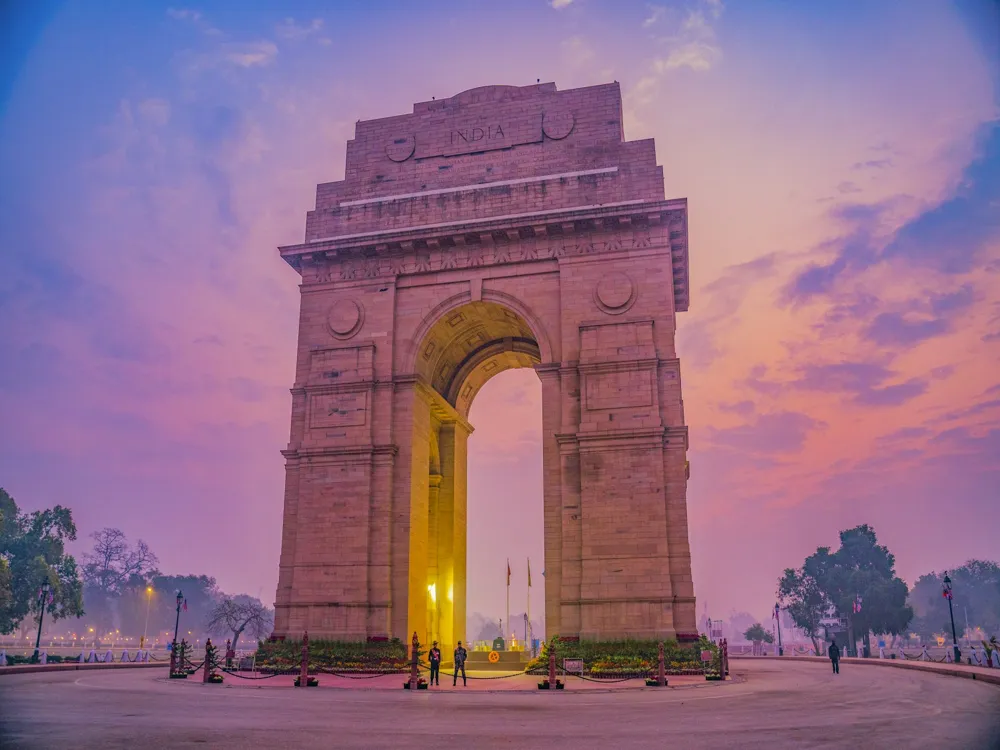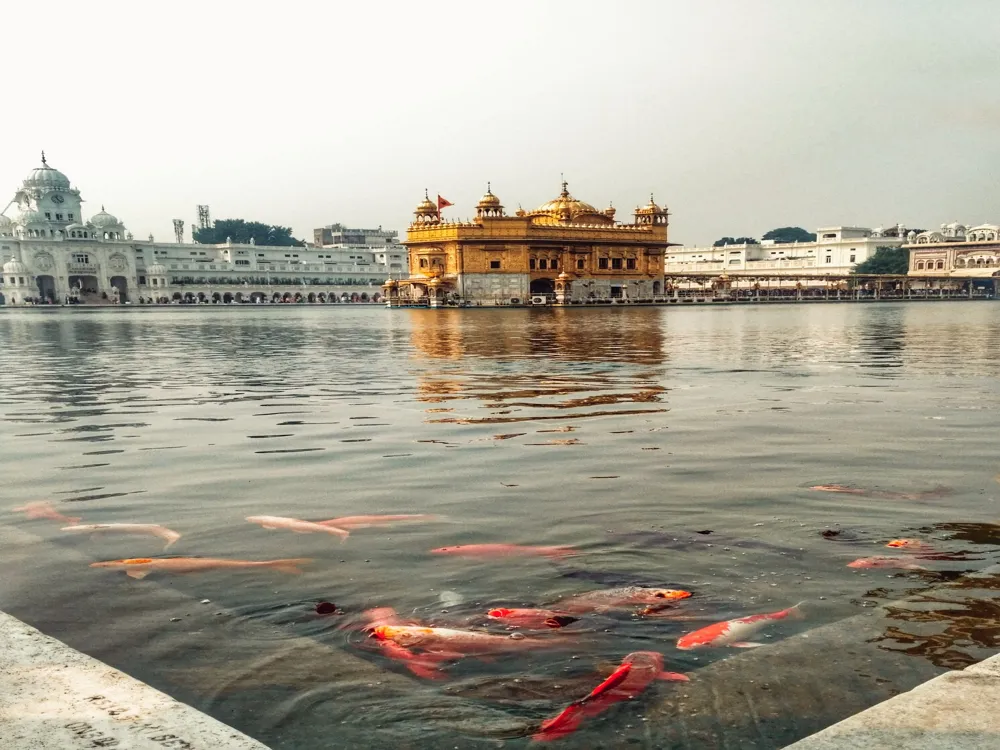Best Time to Visit Vrindavan
Uttar Pradesh India
3 out of 27 Places to visit in Uttar Pradesh₹ 5,000 onwards View Packages
Get Customized PackagesThe Land of Diversity
Top Hotel Collections

Private Pool

Luxury Hotels

5-Star Hotels

Pet Friendly
What is the Best Time to Visit Vrindavan?
Vrindavan, with its rich tapestry of culture and spirituality, is a destination that beckons travelers year-round. The timing of your visit can significantly impact your experience, as each season unveils a different facet of this enchanting city.
More about Best Time to Travel to Vrindavan
Travel Peak Season in Vrindavan
The peak season in Vrindavan, typically spanning from October to March, is a time when the weather is at its most pleasant. The temperature hovers between a comfortable 15 to 30 degrees Celsius, making it ideal for exploring the myriad temples and cultural landmarks scattered across the city. The festive air during this period, with various religious celebrations and events, adds a vibrant touch to your visit. It's a prime time for those seeking a harmonious blend of spirituality and cultural immersion.
Travel Offseason in Vrindavan
On the flip side, the offseason, stretching from April to June, presents a different charm altogether. While the temperature can soar, especially in May, with highs touching 40 degrees Celsius, this period allows for a more serene experience. The reduced influx of tourists means you can explore the city at your own pace, delving into its spiritual essence without the hustle and bustle.
Vrindavan Travel Packages
View All Packages For Vrindavan
Vrindavan in Shoulder Season
The shoulder seasons, encompassing July to September, offer a unique perspective. Though the monsoons bring lush greenery to the surroundings, it's essential to navigate occasional heavy rainfall. However, for those who appreciate the romance of drizzles and a quieter Vrindavan, this could be an ideal time to visit.
Vrindavan in Hot Season
As the mercury rises during the hot season from April to June, visitors can still find solace in the shaded courtyards of ancient temples. Carrying a water bottle and opting for early morning or late afternoon explorations can make the heat more manageable.
Vrindavan in Rainy Season
Embracing the rainy season in Vrindavan can be a poetic experience. The rain-washed streets and the sweet fragrance of wet earth add a touch of magic to the city. However, it's prudent to plan your visit with waterproof gear and a flexible schedule, as intermittent showers can influence outdoor activities.
Vrindavan in Cool Season
The cool season from October to March emerges as the sweetheart of many travelers. The crisp air, clear skies, and the comfortable temperature make it an opportune time to immerse yourself in the spirituality and history that Vrindavan encapsulates.
In conclusion, choosing the best time to visit Vrindavan depends on your preferences and the kind of experience you seek. Whether you are drawn to the vibrancy of festivals, the tranquility of the monsoons, or the pleasant weather of the cooler months, Vrindavan has something to offer year-round.
Places To Visit In Vrindavan
Nearby Places Vrindavan
Vrindavan Photos
View All Photos For VrindavanBrowse Package Collections
Browse Hotel Collections
Faq
Q: When is the best time to experience the vibrant festivals in Vrindavan?
A: The ideal time to immerse yourself in the lively festivals of Vrindavan is during the months of March and April, particularly during Holi, when the town comes alive with colors and joyous celebrations.
Q: Is there a specific season when the weather is most pleasant for exploring Vrindavan?
A: The autumn months of October and November offer delightful weather in Vrindavan, with cooler temperatures and clear skies, making it an ideal time for leisurely strolls and temple visits.
Q: What is the significance of visiting Vrindavan during the monsoon season?
A: Monsoon, from July to September, adds a unique charm to Vrindavan as the lush greenery enhances the spiritual ambiance. However, be prepared for occasional rainfall and plan your visit accordingly.
Q: Are there any off-peak seasons that provide a quieter experience in Vrindavan?
A: If you prefer a more serene and less crowded atmosphere, consider visiting Vrindavan during the winter months of December and January. The weather is cool, and you can explore the town without the hustle and bustle of peak tourist seasons.
Q: Can you recommend the best time for a spiritual retreat in Vrindavan?
A: For a tranquil and spiritually enriching experience, plan your visit during the months of September to November. The weather is pleasant, and you can partake in meditation and spiritual activities without the summer heat.

